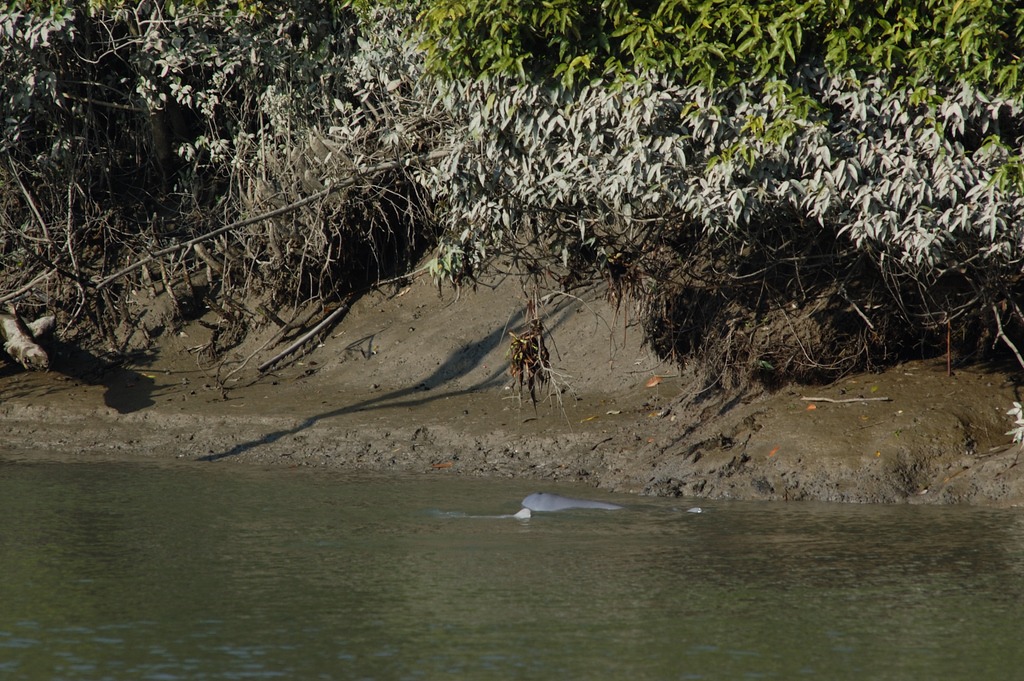Wildlife Conservation Society Bangladesh Mangrove Initiatives
The Sundarbans are the world’s largest mangrove forest covering about 10,000 square kilometers, of which roughly two-thirds lie within Bangladesh.
This mangrove ecosystem, including an extensive network of tidal waterways, supports astonishing biodiversity such as vital populations of Asia’s last two remaining freshwater dolphin species, both of which are considered endangered, and the only population of tigers living completely in mangroves.
In addition to supporting a rich assemblage of globally threatened wildlife, the Sundarbans provides essential natural resources, including fish, crustaceans, firewood, nipa palm and honey, for a large and growing human population living along the fringes of the mangrove forest. The forest also provides essential ecosystem services including protection against natural disasters and rising sea levels. It also filters and assimilates pollutants from upstream run-off.

Impact and Achievements
WCS-Bangladesh has made tremendous progress in protecting the world’s largest mangrove forest as well as globally significant wildlife and the ecosystem services it maintains through supporting the Government of Bangladesh and local communities bordering the Sundarbans. Key achievements include establishing protected areas in priority habitat for threatened species and implementing management solutions that balance biodiversity conservation with the needs of local communities. These accomplishments have been possible through our long-term commitment to establishing partnerships and building trust among local communities, government agencies and partner NGOs.
WCS Initiatives
To support mangrove conservation in the Bangladesh Sundarbans, as well as protect iconic wildlife and essential ecosystem services, WCS has:
With additional funding, WCS will be able to: